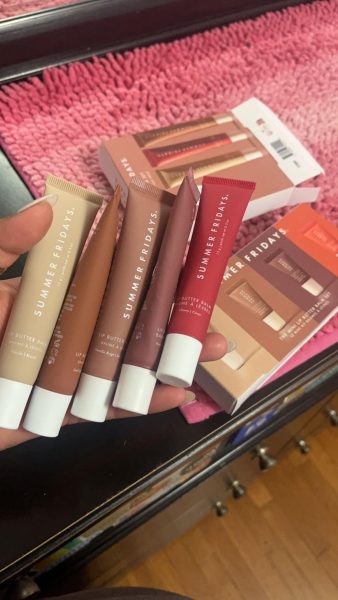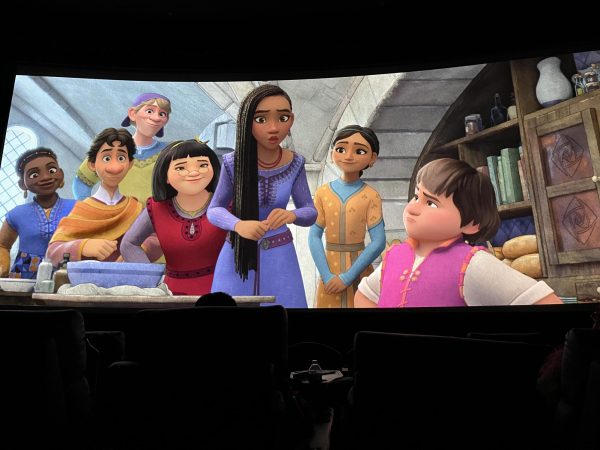Google Glass gives a look into the future
Google Glass with frame for prescription lens.
Google Glass went on sale again last night, and, were I not short $1500, my new prescription augmented-reality glasses would arrive in about a week. Alas, since the Chronicle denied my latest request for a $1500 grant, all I can do is advocate to you why tacky headgear is the next generation of devices we won’t be able to live without.
Let’s start with the basics. Glass is essentially a computer on your head. You get a screen, a camera, a touchpad and a microphone, all weighing 1.48 oz, or lighter than a bag of chips. Google calls its current Glass users “Explorers,” who provide Google with feedback. Voice commands, all starting with “OK Glass,” let you Google things, check messages, stream video and do just about everything you can do with your current smartphone, except entirely hands-free. Perhaps Glass’ only functional caveat is that its outward-facing camera does not provide much for the future of selfies; many may argue, however, that such a future would only be an improvement.
Of course, the benefits of Glass are easy to see. Its concerns, however, are not so transparent. What can be legally recorded with Glass? Will Glass be a distraction? Common sense has dictated answers to these questions for decades: don’t bring a camcorder to the movies, don’t selfie while driving. And in case common sense fails, Google has even compiled a handy, albeit snarky, etiquette guide for the questioning Glass user. The guide helps Explorers make the best of their new technology without coming off as a “Glasshole.”
Aside from illegal recording, part of what Google designates as Glasshole behavior is focusing excessively on Glass’ LED screen. This is definitely a problem for Google, as they assert that “Glass was built for short bursts of information… that allow you to quickly get back to doing the other things you love.” Explorers aren’t mindless Google slaves. They may be giving Google free R&D, but at least they aren’t mindless. Any critic likening Explorers to a braindead cult would do well to remember that she only purchases technology with fruits printed on the back.
Despite its latest sale to the public, Glass is still in a developmental stage, and Google isn’t afraid to admit it. But Glass, on top of the many features it already offers, has potential. After this newest generation of Explorers helps Google make more improvements, Glass’ capabilities can only go up and its price can only come down, and hopefully that time comes as soon as I need a new glasses prescription.













